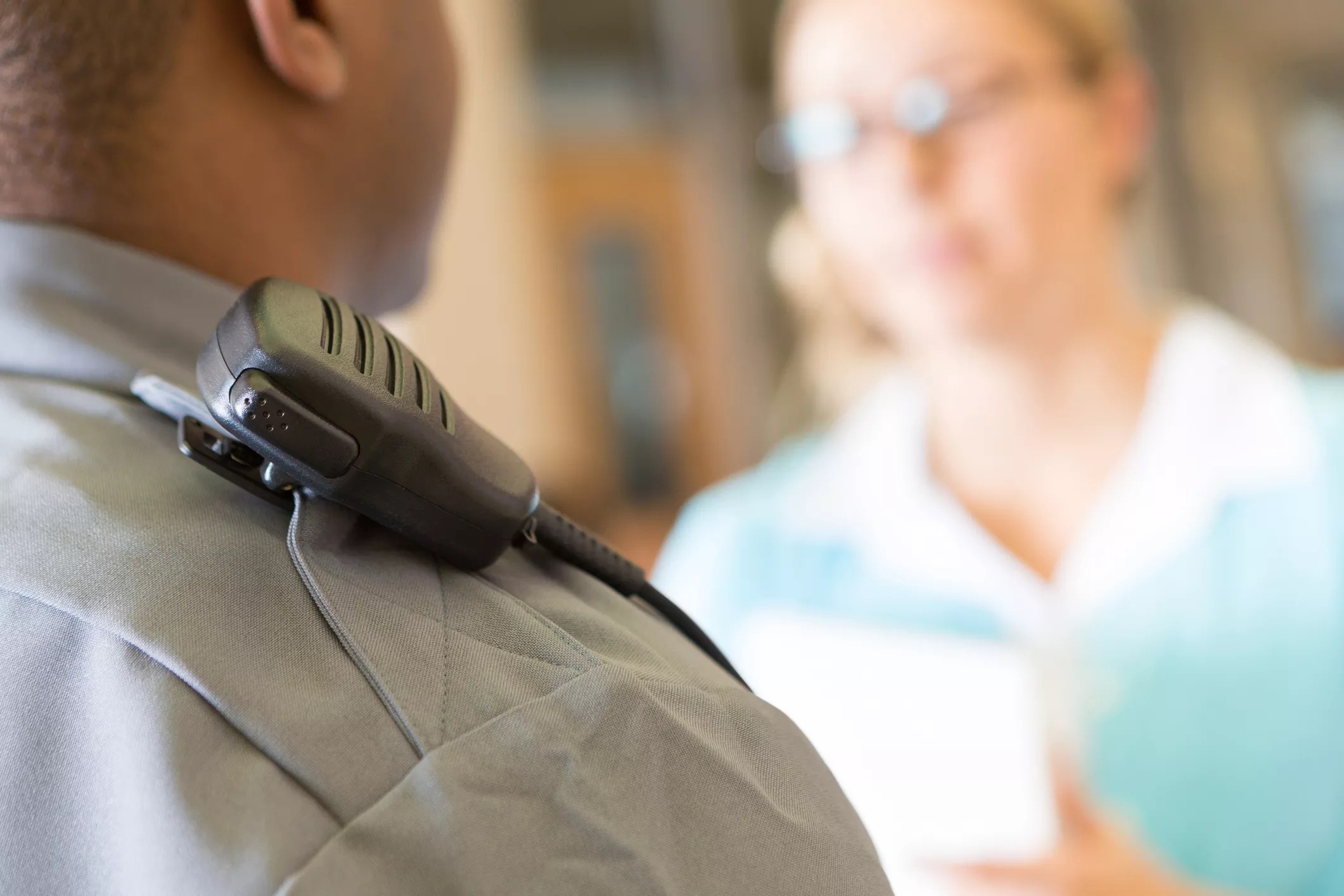
Getty Images

Audio By Carbonatix
It takes 600 hours of training to be licensed by the State of Colorado as a nail technician, the person who does mani-pedis and changes out the color of toenail polish. As of 2022, it takes 556 hours and a background check to become a police officer.
To become a School Resource Officer – a sworn law enforcement officer who is usually armed and has arrest powers while working full- or part-time in a school – it takes zero hours beyond the requirements for police officer.
That’s because under current state law, training for SROs is “encouraged” to be completed before an individual is assigned to a school or within six months after. A bill being proposed by Senator Chris Kolker, a Democrat representing Arapahoe and Jefferson counties, would change that suggestion to a mandate, and not just once, but annually.
Currently in the Colorado General Assembly, Senate Bill 23-070 was introduced on January 27 and has already been amended this month by the Senate Committee on Education.
This year, make your gift count –
Invest in local news that matters.
Our work is funded by readers like you who make voluntary gifts because they value our work and want to see it continue. Make a contribution today to help us reach our $50,000 goal!
“The initial concern with this was how to get a good officer, and how do we keep a good officer, and how do we keep them trained,” Kolker says. The original bill focused on mandating the training based on National Association of School Resource Officers best practices before officers started their assignments, which current state law only encourages.
The language of the bill includes the caveat of mandating beforehand, “or as soon as reasonably possible,” as NASRO has only one training this year, in March, Kolker points out.
NASRO’s basic training consists of five eight-hour days. According to NASRO’s course summary, it trains officers on its concept of acting not just as a law enforcement officer, but as a public safety educator, as well as an informal counselor or mentor. It also teaches ethics lessons for operating inside a school, school-related laws and how to handle behavioral issues.
As stated on the website, NASRO’s best practices include recommending that SROs be armed, that they be knowledgeable in constitutional and state law, and that partnering agencies create a contract with school districts laying out expectations and goals.
The issue of there being only one training this year contributed to the bill’s being amended to focus on “continuous training.”
“Continuous training keeps it fresh and more responsive to changing needs,” Kolker says. “With that initial class, yeah, everyone needs their training, and then you’re done. Five years later, you only had that one training. How are you staying up to date?”
With that change in focus, the amendment removed the wording from generally mandating training to requiring an annual training meeting with SROs and school officials to discuss how best to respond to Safe2Tell reports, and training resources to better the resource officers’ “support of students and school staff.”
Safe2Tell is a youth-focused state program that was launched in 2003 in response to the attack on Columbine High School. It is meant to allow students, parents, school staff and community members to anonymously report safety concerns to law enforcement – including SROs.
Kolker hopes that annual and consistent training will also help officers be more knowledgeable about responding to these reports. He explains that a parent had told him their kids were afraid to call Safe2Tell from fear of “an officer showing up at their door in the middle of the night.”
Kolker notes that officers responding to those reports don’t know how urgent it is, “so they are going to show up at 11:30, and they’re going to show up in a squad car, and they’re going to show up with all their gear on. And that can be a little intimidating.” In January 2023, the latest Safe2Tell monthly report, the top category of reports to Safe2Tell was suicide threats.
“I think SROs can have a negative image depending on the experience in that particular district, so I think that is always the eyebrow raise when you bring up the initial SRO,” Kolker responds when asked whether there has been pushback against the bill. “Again, the goal is to provide the right training and the right resources so that we have more positive experiences.”
Some advocacy groups in Denver, such as Movimiento Poder, believe that training is not the issue, but the presence of police in schools themselves. Movimiento Poder points to Colorado Department of Education data showing that Black students are disproportionately referred to law enforcement at school in Denver compared to their enrollment numbers and to the number of white students referred to police.
“We can either do nothing, and there’s still going to be the negative, or we can try and make them better,” Kolker says. “And I think any kind of training we can receive, the ultimate goal is to make ourselves better.”